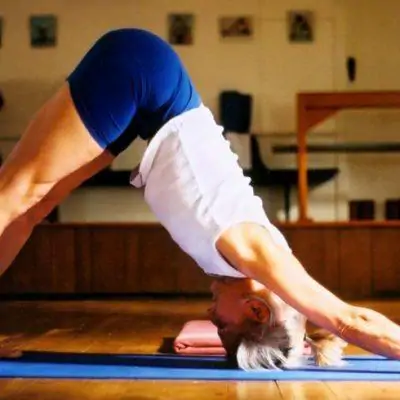Introduction
Video sequence description
This is a foundation sequence for those who are still at the early stages of their yoga learning looking to strengthen their core asanas. It is a complete sequence showing how to approach inversions and a selection of the basic standing poses. A good grounding sequence.
Step by step guide through the sequence
In this sequence, time allowing, you can set up in simple cross-leg or Supta Baddhakonasana over a bolster. Then come up and release into forward Virasana.
Now come to standing and bend forward into Uttanasana, hands to the shins or to the floor according to capacity. Remember not to strain or over push. Just find the stability and the foundation from your feet into your legs and hips to allow the spine to release.
Step back into Adho Mukha Svanasana (Dog Pose) to wake the arms up and lengthen through the spine. This prepares for full arm balance. Start by walking up the wall, elbows and knees straight and coming into a right angle. Repeat, or, if ready, go up into the full pose against the wall.
Now for the standing poses, today taking the back foot to the wall for greater stability and to allow for more correction and better alignment. Start with Trikonasana, keeping the knees straight and the arms well extended in the pose. Follow with Parsvakonasana, taking a block for the bottom hand if you can’t easily reach the floor.
Then Virabhadrasana 1, the back foot to the wall here helps to stay steady as you turn your hips to face into the centre of the room, before then reaching up with the arms to Urdhva Hastasana. Move to Virabhadrasana 2 using the wall here for the foot but also to reach with the back hand to bring the fingertips to the wall also. Check the alignment of the front knee. Uttanasana resting will allow the breath and face to quieten, and with the buttocks leaning against the wall the forward bend action comes more easily.
A few more standing poses follow. Ardha Chandrasana – step the back foot up to the wall at hip height, and place the bottom hand under the shoulder, on the floor or to a brick.
Parivrtta Trikonasana – another turning pose for the hips, and this time adding a twisting action, taking the bottom hand to the floor or onto a brick. Top hand up, or resting onto your hip.
Parsvottanasana, with the back foot to the wall, turn the hips and place the hands in Namaskar behind you, or holding the elbows if this is not yet possible.
And to finish, Prasarita Padottanasana, another standing forward bend, but just keeping the spine concave at this stage.
Virasana follows, to rest the legs, using a block or support under the buttocks as needed. And then add Parvatasana, the fingers interlocked and extending the arms up towards the ceiling.
Prepare for Sirsasana, placing three blocks against the wall as pictured, and with fingers interlocked, raise the hips up and walk in until the dorsal spine is supported against the top brick. Repeat this preparation, or follow on with full Sirsasana with wall support.
As always, balance out your headstand with Sarvangasana. Set up your blankets for shoulder support and prepare your belt for arm support. Place a chair one arm’s length away from your blanket edge for your feet. Go up to Halasana, feet to the chair seat, and then raising one leg at a time, lift up into Sarvangasana. Come back down through Halasana, and then remove your belt and come down, resting the shoulders and head down onto the floor towards the chair.
Come up and sit onto the blanket support and go forward with simple cross-legs and rest the forehead onto the chair seat. Change legs.
Now lie back for Savasana to bring the body, breath and mind back to quiet neutrality.
Roll to the right side before coming up.
View sequence
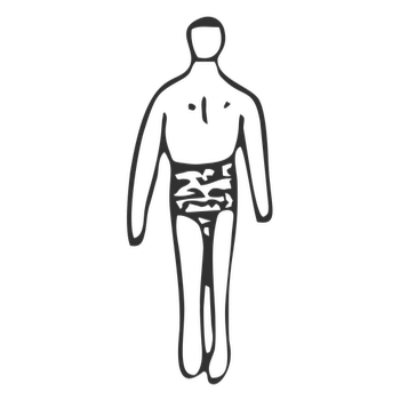
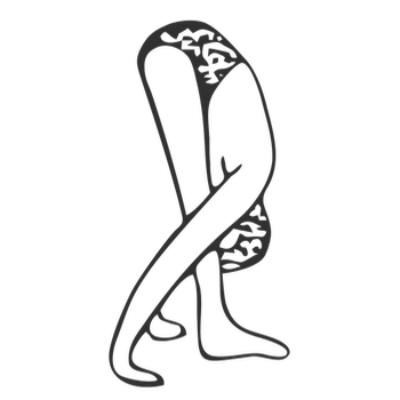
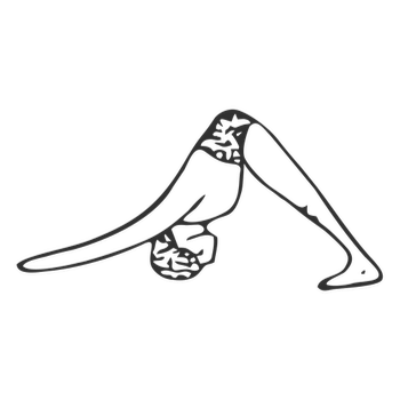

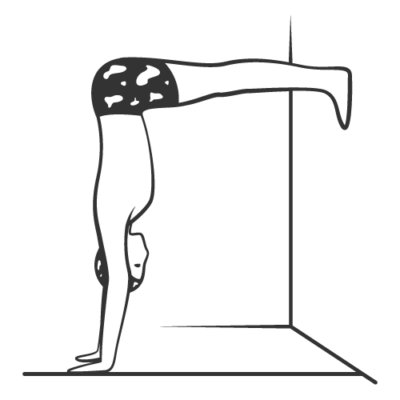

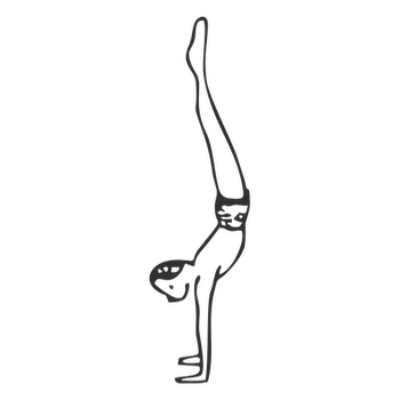


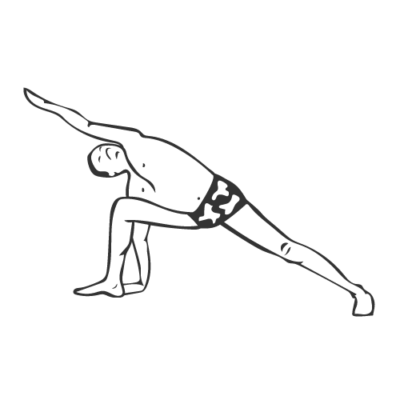



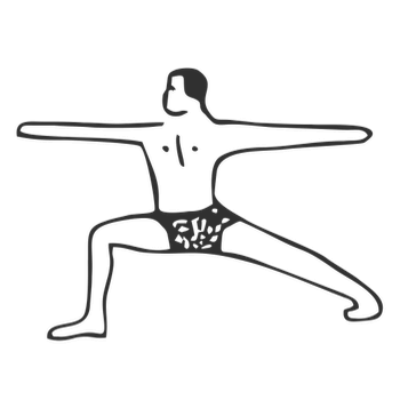



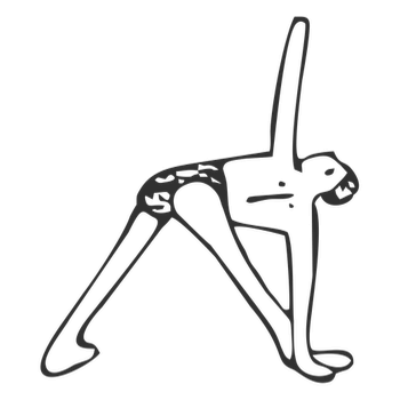

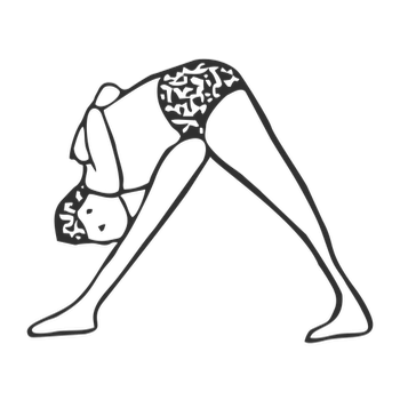
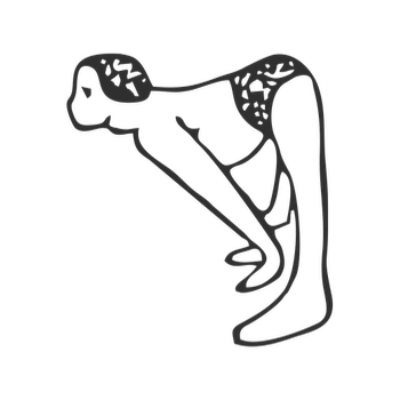

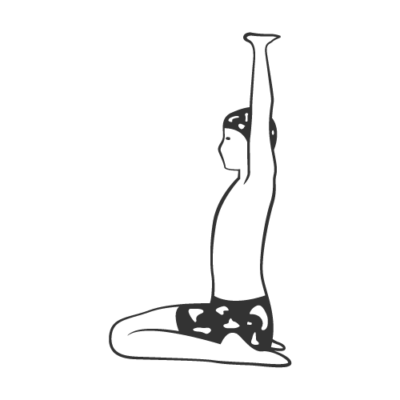
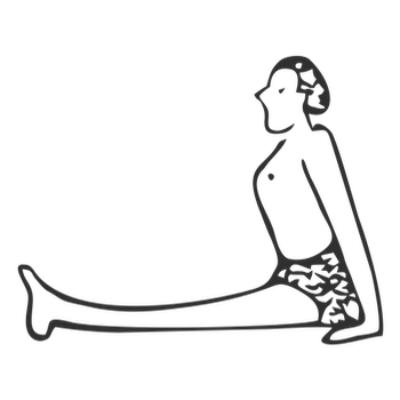
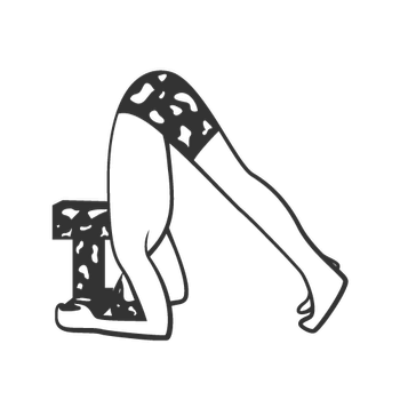
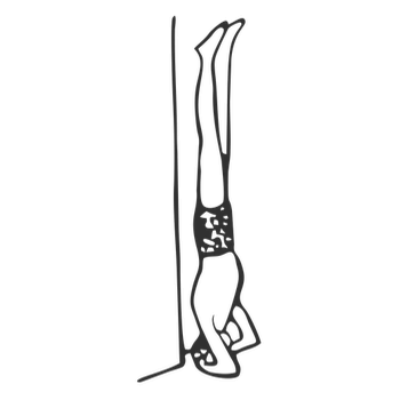
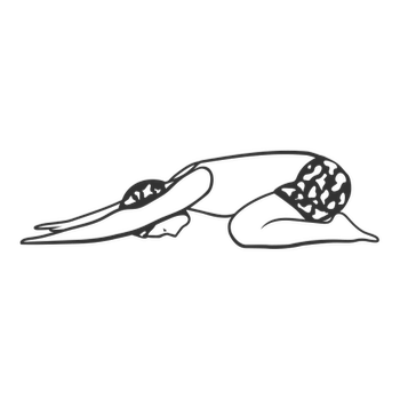
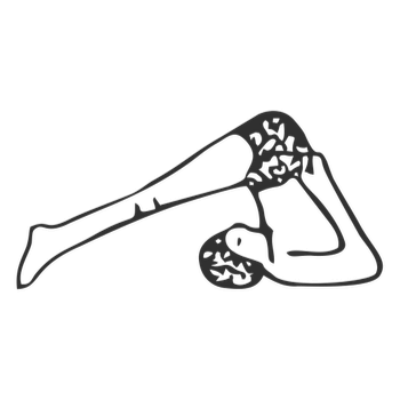
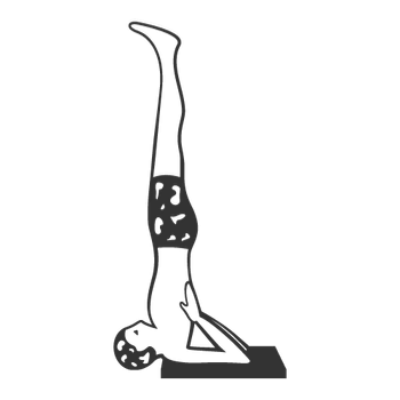

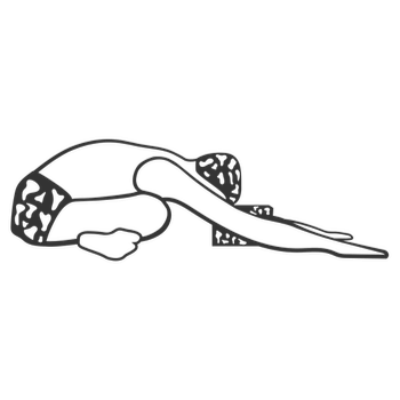
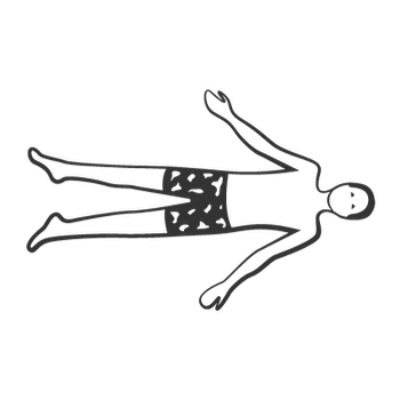
Share
Save PDF and print
You are welcome to download the PDF of the sequence and print and distribute it freely. You may have to wait up to 30 seconds for the PDF to generate. Please credit the teacher who created it. All illustrations from Dona Holleman’s ‘Yoga Darśana’, RIMYI Institute texts and Yoga Vastu illustrators for original asana drawings.
